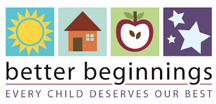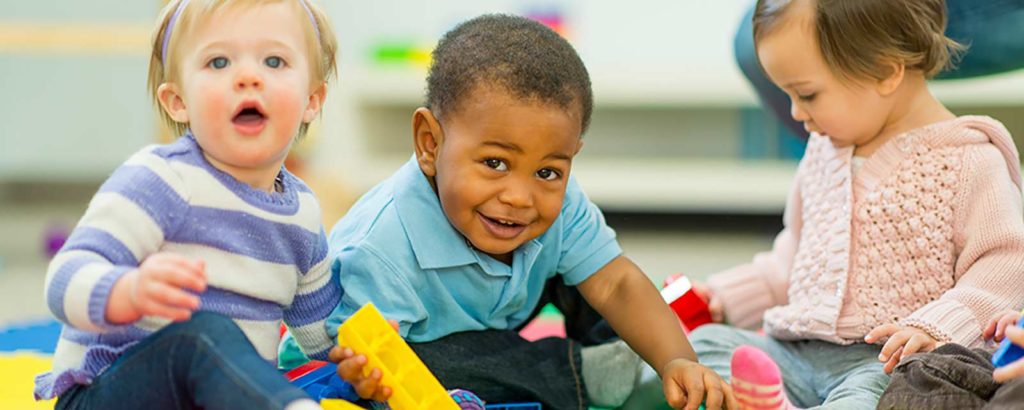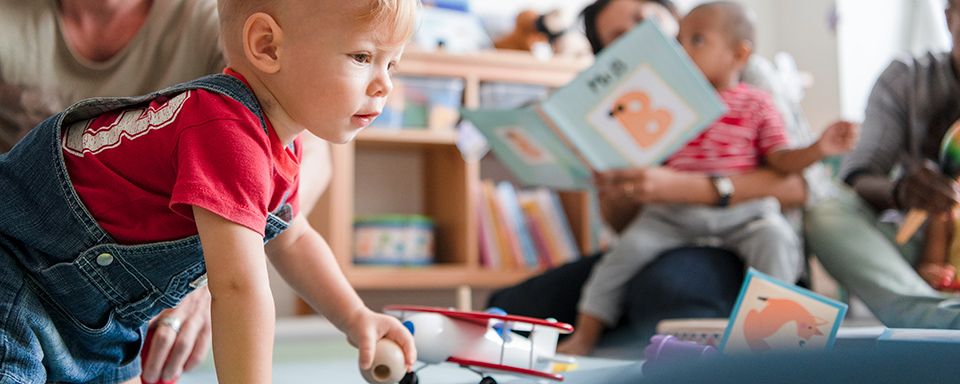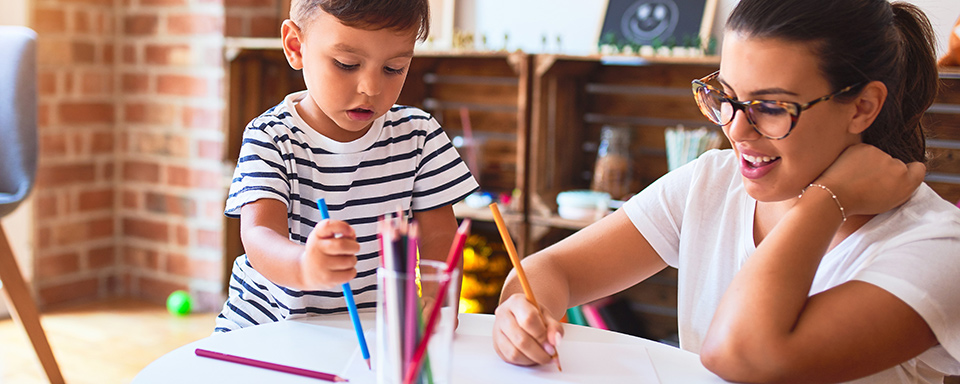Make going to kindergarten plans with your child.
Focus on Kindergarten Readiness Indicators
- Adapts to new situations
- Pours without spilling
- Buttons, zips, laces, or buckles and begins to manipulate more complex fasteners, such as attempting to tie shoes and thread belt loops
- Demonstrates awareness of safe behavior and follows basic safety rules and routines
- Takes responsibility for personal self-care routines, such as handwashing, brushing teeth, dressing, and toileting
- Understands and talks about today, yesterday, tomorrow, after lunch, day, and night
- Separates from caregiver to another trusted adult
Activities by week
WEEK 1
Support your child’s independence.
- Make an “I Did It Myself” poster for your refrigerator or your child’s room. Celebrate everything your child has learned to do by writing those things on the chart. Here are some examples:
- Put on my shoes
- Zip my backpack
- Ride my tricycle
- Button my shirt
- Brush my teeth
WEEK 2
Practice going to kindergarten.
- Begin to gather school supplies for your child.
- Play school with your child. Take turns being the teacher. Ride in the bus or car, read stories, sing songs, draw pictures, play outdoors, eat lunch, and play a game.
- Eat a meal on trays with your child. Encourage your child to carry their tray to the table and return the tray to the kitchen after the meal. Or eat a meal from lunch boxes and bags. Show your child what can be thrown away after eating and what should be returned home.
- Pretend to take your child to school. With your child, think of lots of ways to say goodbye. Decide how you will say goodbye to each other on the first day of kindergarten.
WEEK 3
Visit your child’s school and preview school activities.
- Attend your school’s family open house or meet the teacher day. Here are some things to do when you visit:
- Talk with the teacher. Try to find something interesting you or your child have in common with the teacher.
- Explore the classroom. Look at the books and materials where the children store backpacks and hang coats.
- Find out about the daily schedule for your child’s class. For example, when do they have story time, lunch, outdoor play, and rest time?
- Locate the restrooms and water fountains.
- Look for your school’s cafeteria, playground, principal’s office, nurse’s room, media center, and other special features.
- After your visit, talk about what you saw. Draw pictures or write stories with your child to help you both think about your visit. Answer any questions that your child may have.
WEEK 4
Maintain predictable family routines.
- Establish a regular bedtime for your child. Children and adults are healthier when they go to bed and wake up at about the same time every day.
- Be prepared for your morning before school time. Getting everyone up and off to school can be hectic. Planning can eliminate some of those morning hassles.
- Designate a place to collect things that must go to school tomorrow. For example, put everything in your child’s backpack and keep the backpack beside the door.
- Before bedtime, talk with your child about what clothes to wear tomorrow. Be sure that everything is ready.
- Give yourself enough time. Setting the alarm 10 minutes earlier can make a big difference in your morning.
- Have pleasant conversations with your child on the way to school or as you wait for the bus.
Additional Ideas
Focus on safety! Discuss things such as looking both ways before crossing the street, how to have gentle hands in the classroom, and what to do in emergencies. Revisit items from the start of the calendar, such as personal self-care routines and independence.
Special Activity
Read The Kissing Hand by Audrey Penn. Make a kissing hand. Help your child trace their hand on paper. Help your child decide how to make the “kissing hand” special. You might kiss the paper hand, draw a heart on the hand, glue a family photo to the hand, write the words “I love you” on the hand, or have each family member “autograph” the hand.
Suggested Books to Read with Your Child
The Kissing Hand by Audrey Penn
Timothy Goes to School by Rosemary Wells
My First Day of School by Michelle Medlock Adams
What Should Danny Do? by Adir Levy and Ganit Levy
I Wish You More by Amy Krouse Rosenthal and Tom Lichtenheld







